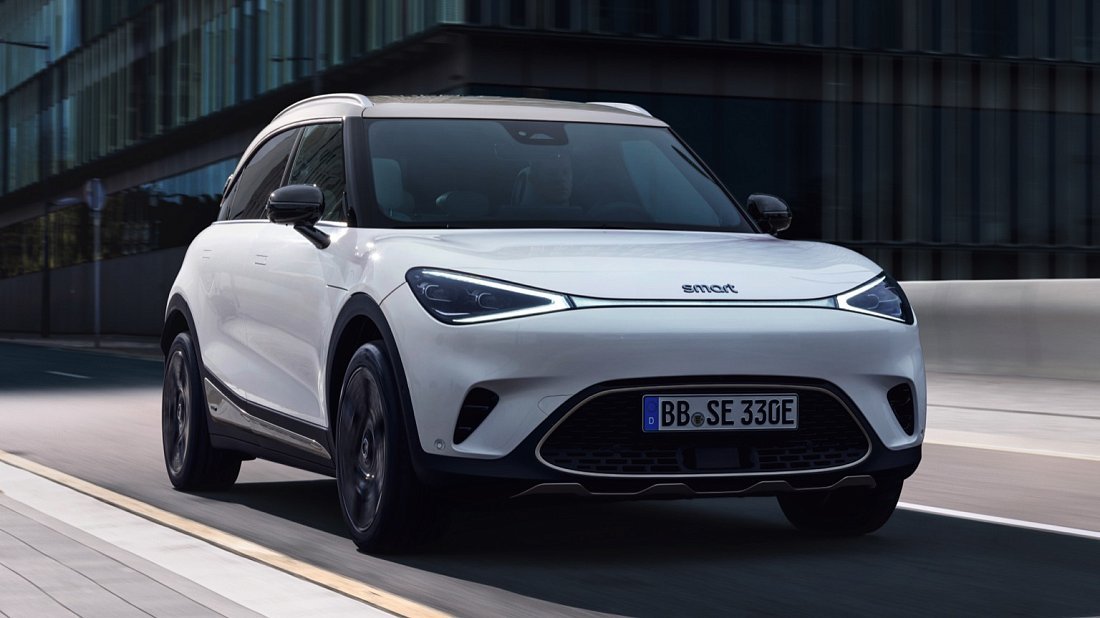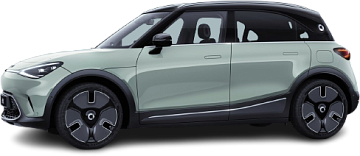EURO 1-phase 10A
- Socket specs
Socket specs
- 230 V, 10 A, 1-phase
- Socket output
Socket output
- 2.3 kW
- Charging 20-80%
Charging 20-80%
- 17 h 58 min (~13 km/h)


The Smart #1 Pulse is an all-electric all-wheel drive SUV. It came out in 2023. Brand new, the car starts around €46,490.
The Smart #1 Pulse has a 66 kWh battery pack, allowing it to travel up to 340 km on a single charge. The car has an average efficiency of 18.2 kWh per 100 km (or 182 Wh/km) — ranked №377 out of 586 electric vehicles.
The Smart #1 Pulse is equipped with a powertrain that delivers up to 315 kW (422 hp) of power and 584 Nm of torque.
This enables a 0 to 100 km/h acceleration in 4.5 seconds (ranked №114 out of 586 electric vehicles) and a top speed of 180 km/h.
The estimated real-world range for Smart #1 Pulse falls between 306–374 km, ranking it №377 out of 586 electric vehicles. Several conditions can influence this range:
These figures are approximations, and your actual driving range may vary. When planning trips, consider these factors and be prepared for potential charging stops.
For trip planning assistance, utilize the EV Navigation interactive map.
For significantly faster charging, public DC fast-charging stations are available. Although the car can achieve a maximum DC charging rate of 150 kW, factors such as battery temperature and charge level may affect the actual charging speed.
Use our Charging calculator to estimate charging time, rate, and cost.
The size and weight specifications for Smart #1 Pulse are as follows:
Behind the rear seats of the Smart #1 Pulse, you'll find 313 litres of storage space (ranked №483 out of 586 electric vehicles).
Folding down the rear seats expands the total cargo capacity to 986 litres (ranked №393 out of 586 electric vehicles).
Frunk capacity: The front trunk is called a "frunk", and it offers an additional 15 litres for storing small items.







